Design of a Tandem Compressor for the Electrically-Driven Turbocharger of a Hybrid City Car †
Abstract
1. Introduction
2. The Original Turbocharged Engine
3. Rationale of the Proposed Modifications
4. The Modified Radial Compressor: Geometry and Computational Mesh
4.1. The Original GT12 Compressor Geometry
- The obtained geometries were digitalized.
- The virtual design was adjusted for the CFD simulations: first, the domain occupied by the actual rotor was lengthened by 1.5 diameters of the inlet eye (30 mm) on the intake side, to allow for a numerical “smoothing” of the flow quantities from the inlet boundary condition to the blade leading edge. The outlet was lengthened by 10% of the blade tip diameter (2 mm) to account for the rotor/diffuser clearance.
- The blade profile was generated as a cubic spline. The incidence β (angle between the relative velocity vector and the blade tangent at leading edge) was specified from the geometrical drawing, and a blade overlap of θ = 60° was imposed. The splitter was set to begin at mid channel length. Blade maximum thickness was set to 1.3% of the chord of the blade and clearance to 2% of the blade span.
- The computational domain consists in a 60° solid slice of the impeller and includes one main and one splitter blade. This configuration take advantage of the axisymmetric nature of the impeller, to save computational time (Figure 9).
- The final values of the analytical design for the conventional impeller were compared with the available data for the Garrett GT12 and found to agree with exceptional accuracy [7].
4.2. The Tandem Impeller Geometry
- More accurate leading and trailing edge profiles for the inducer blade;
- Both the inducer chord and stagger were made to vary spanwise;
- The inducer maximum thickness, set to 3.5% of the chord, is located at mid-chord;
- The exducer is obtained by trimming the original centrifugal blades on the inlet side until they reach the same chord length as the splitter blades: in practice, we are thus dealing with a 12-blade radial rotor (this geometry was modified later, see below, for better performance).
4.3. The Diffuser
- The axial span of the diffuser is equal to the blade thickness at rotor exit;
- The radial extension of the diffuser is the same as in the original GT12 compressor;
- Again an extension of the domain by 1.5 diameters was introduced to smooth the downstream boundary condition (Figure 10);
- The mixing plane method was used at the rotor/diffuser interface.
5. Performance Comparisons
- Stationary flow: all parameters are assumed constant in time;
- No preswirl at inlet: Vt = 0 on the inlet section;
- Radially constant inlet meridional flow;
- Air inlet conditions as in Table 1.
5.1. The Tandem Compressor
5.1.1. CFD Results
- The inducer trailing edge and the exducer leading edge were made radial, to enforce a radially constant angular gap between the two blades;
- The exducer stagger was redesigned to match the relative fluid flow at inducer exit;
- The angular overlapping of the exducer was reduced to 40°, to increase the critical mass flowrate.
- “Tandem B”: 75% clock and 0.5 mm of axial clearance, overlap 40°. Obtained by a Design-Of-Experiment (DOE) campaign;
- “Tandem C”: 75% clock and 0.5 mm of axial clearance, overlap 50°.
5.1.2. Discussion
6. Maps of the Entropy Generation Rate
7. Further Developments
- (1)
- The 50% and 75% clock configurations show a better resistance to stall (upper left corner of Figure 28 right);
- (2)
- Choking characteristics are virtually independent on clock;
- (3)
- Whereas previous published results predicted higher efficiencies for 0% clock, in the high-flow regions the 75% clock is outperforming all other configurations (Figure 28, right).
- 40° blade overlapping angle;
- b parameter equal to 3 mm;
- Clock 75%;
- Axial displacement 0.5 mm.
8. Conclusions
Author Contributions
Funding
Conflicts of Interest
Nomenclature
| Symbol and Units | Definition | Symbol and Units | Definition |
| AR | Diffuser area ratio (Exit/Inlet) | S, W/°K; s, W/(kg°K) | Entropy, specific entropy |
| BL | Boundary Layer | SFC, kg/s | Specific fuel consumption |
| CFD | Computational Fluid Dynamics | SR | Diffuser slenderness ratio (length/inlet diameter) |
| DOE | Design of Experiments | T, K | Temperature |
| ECU | Electronic Control Unit | W, J | Mechanical work |
| K, J/kg | Turbulent kinetic energy | β | Pressure ratio |
| K, J/kg | Turbulent kinetic energy | ε, W/kg | Turbulent dissipation |
| KERS | Kinetic Energy Recovery System | λ, W/(m°K) | Thermal conductivity |
| m, kg/s | Mass flowrate | μ, kg/(ms) | Dynamic viscosity |
| NGV | Nozzle guide vanes | ϕ, W(m3°K) | Viscous dissipation function |
| P0,T0 (Pa, K) | Thermodynamic Inlet conditions | - | - |
| K = 1.4 | Polytropic transformation coefficient | - | - |
| D0 (m) | Inlet compressor diameter | - | - |
| R = 287 J/Kg∙K | Thermodynamic gas constant | - | - |
| m (kg/s) | Mass flow in | - | - |
Appendix A
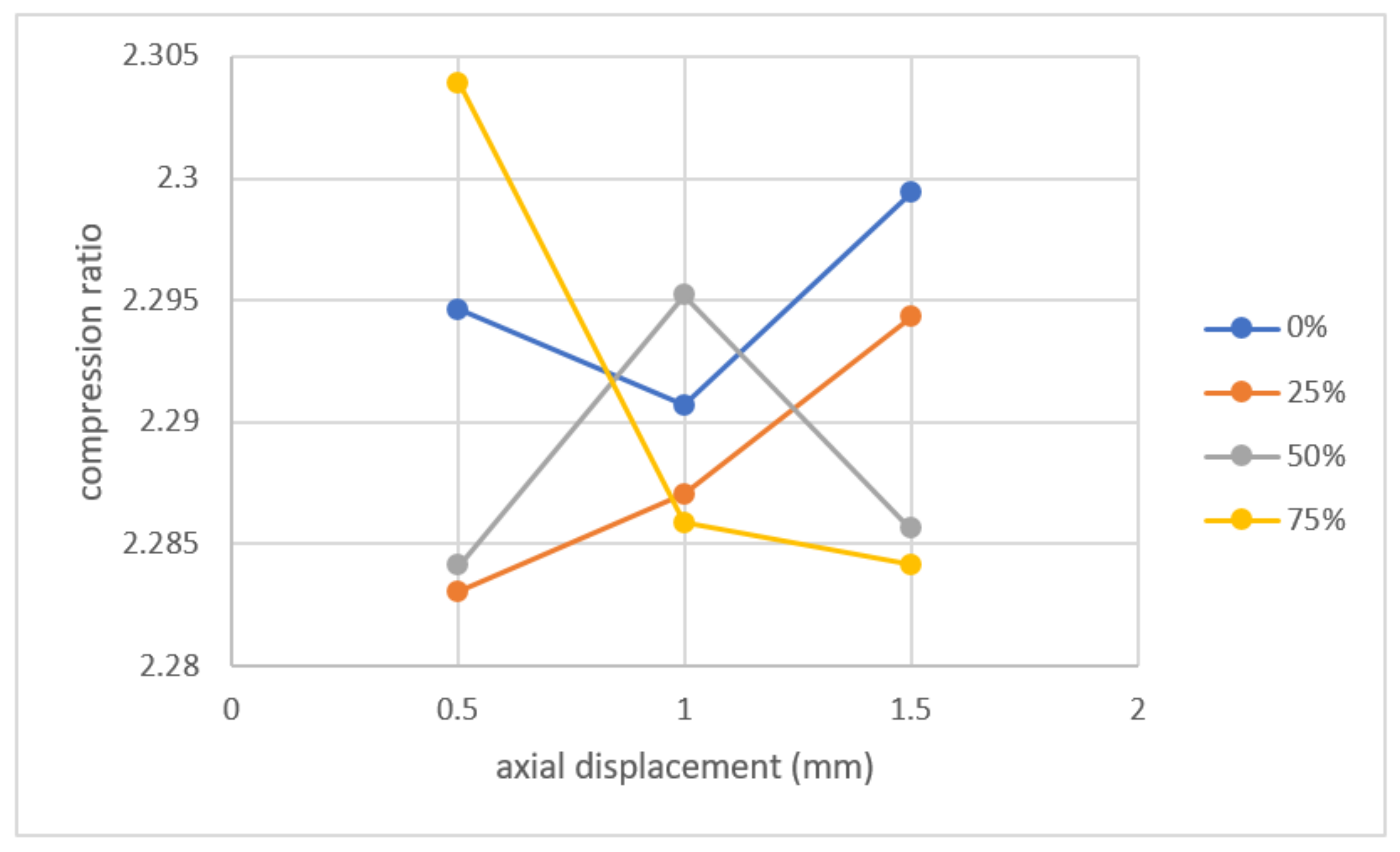
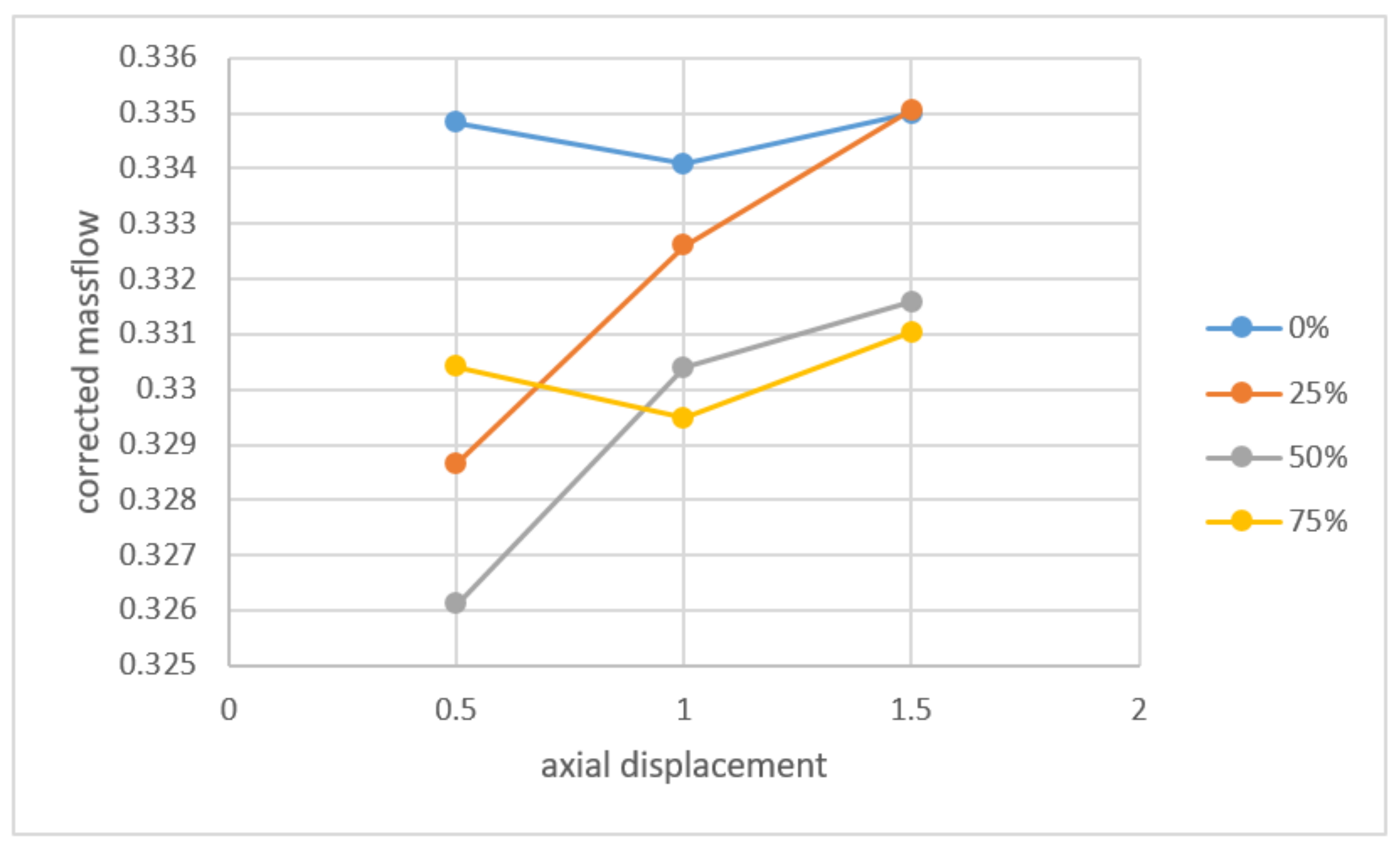
References
- Hu, B.; Turner, J.W.; Akehurst, S.; Brace, C.; Copeland, C. Observations on and Potential Trends for Mechanically Supercharging a Downsized Passenger Car Engine: A Review. Proc. Inst. Mech. Eng. Part D J. Automob. Eng. 2017, 231, 435–456. [Google Scholar] [CrossRef]
- Patil, C.; Varade, S.; Wadkar, S. A Review of Engine Downsizing and Its Effects. Int. J. Curr. Eng. Technol. 2017, 7, 319–324. [Google Scholar]
- Capata, R. New power train concept for a city hybrid vehicle. Proceedings 2020, 58, 6. [Google Scholar] [CrossRef]
- Muqeem, M.; Manoj, K. Turbocharging of IC engines: A review. Int. J. Mech. Eng. Technol. 2013, 4, 142–149. [Google Scholar]
- Heywood, J.B. Internal Combustion Engine Fundamentals; McGraw-Hill Education: New York, NY, USA, 2016. [Google Scholar]
- Capata, R.; Sciubba, E. Study, Development and Prototyping of a Novel Mild Hybrid Power Train for a City Car: Design of the Turbocharger. Appl. Sci. 2021, 11, 234. [Google Scholar] [CrossRef]
- Cuturi, N. CFD Analysis of a Radial Compressor Stage with Inducer Blades. Master’s Thesis, Department of Mechanical and Aerospace Engineering, University of Roma Sapienza, Rome, Italy, 2020. [Google Scholar]
- Ju, Y.P.; Zhang, C.H. Design Optimization and Experimental Study of Tandem Impeller for Centrifugal Compressor. J. Propuls. Power 2014, 30, 1490–1501. [Google Scholar] [CrossRef]
- Mohtar, H. Increasing Surge Margin of Turbocharger Centrifugal Compressor Automotive. Ph.D. Thesis, Ecole Centrale de Nantes, Nantes, France, 2010. [Google Scholar]
- Koch, C.C.; Smith, L.H., Jr. Experimental Evaluation of Outer Case Blowing or Bleeding of Single Stage Axial Flow Compressors, Part III: Performance of Blowing Insert Configuration No. 1. NASA CR-54589; 1968. Available online: https://ntrs.nasa.gov/api/citations/19690006778/downloads/19690006778.pdf (accessed on 15 April 2020).
- Brent, J.A. Single Stage Experimental Evaluation of Compressor Blading with Slots and Vortex Generators, Part III: Data and Performance for Stage 4; NASA CR-72741; NASA: Washington, DC, USA, 1970. [Google Scholar]
- Boyce, M.P.; Nishida, A. Investigation of Flow in Centrifugal Impeller with Tandem Inducer; Paper 43; Japan Society of Mechanical Engineering: Tokyo, Japan, 1977. [Google Scholar]
- Josuhn-Kadner, B.; Hoffman, B. Investigation on a Radial Compressor Tandem Rotor Stage with Adjustable Geometry. J. Turbomach. 1993, 115, 552–559. [Google Scholar] [CrossRef]
- Roberts, D.A.; Kacker, S.C. Numerical Investigation of Tandem-Impeller Designs for a Gas Turbine Compressor. J. Turbomach. 2002, 124, 36–44. [Google Scholar] [CrossRef]
- Bammert, K.; Staude, R. New Features in the Design of Axial-Flow Compressors with Tandem Blades. In ASME 1981 International Gas Turbine Conference and Products Show; ASME Digital Collection: New York, NY, USA, 1981. [Google Scholar]
- Qureshi, S.R.; El-Leathy, A.; Ud-Din, K.S.; Umer, U.; Chaochen, M.; Danish, S.N. Numerical Investigation and Comparison of a Tandem-Bladed Turbocharger Centrifugal Compressor Stage with Conventional Design. Int. J. Therm. Sci. 2014, 23, 523–534. [Google Scholar]
- Erdmenger, R.R.; Michelassi, V. Influence of Tandem Inducers on the Performance of High Pressure Ratio Centrifugal Compressors; ASME Paper GT2015-43001; ASME Digital Collection: New York, NY, USA, 2015. [Google Scholar] [CrossRef]
- Hanus, D.; Censky, T.; Neveceral, J.; Horky, V. First stage of the centrifugal compressor design with tandem rotor blades. In Proceedings of the ISABE–17th International Symposium on Airbreathing Engines, Munich, Germany, 4–9 September 2005. Paper 1161. [Google Scholar]
- Hlavá, D.; Hanus, D. Results of the Development of a Tandem-Bladed Centrifugal Compressor Stage; Studentská Tvůrčí Činnost. 2016. Available online: http://stc.fs.cvut.cz/pdf16/6520.pdf (accessed on 19 March 2019).
- Li, Z.; Lu, X.; Zhang, Y.; Han, G.; Yang, C.; Zhao, S. Numerical investigation of a highly loaded centrifugal compressor stage with a tandem bladed impeller. J. Power Energy 2018, 232, 240–253. [Google Scholar] [CrossRef]
- Li, Z.-L.; Lu, X.-G.; Zhao, S.F.; Han, G.; Yang, C.-W.; Zhang, Y.-F. Numerical Investigation of Flow Mechanisms of Tandem Impeller inside a Centrifugal Compressor. Chin. J. Aeronaut. 2019, 32, 2627–2640. [Google Scholar] [CrossRef]
- Silvestri, T. CFD Analysis of a Radial Turbine Stage with Variable NGV Control. Master’s Thesis, Department of Mechanical and Aerospace Engineering, University of Roma Sapienza, Rome, Italy, 2020. [Google Scholar]
- Bejan, A. Entropy Generation through Heat and Fluid Flow, 1st ed.; John Wiley & Sons, Inc.: Hoboken, NJ, USA, 1982. [Google Scholar]
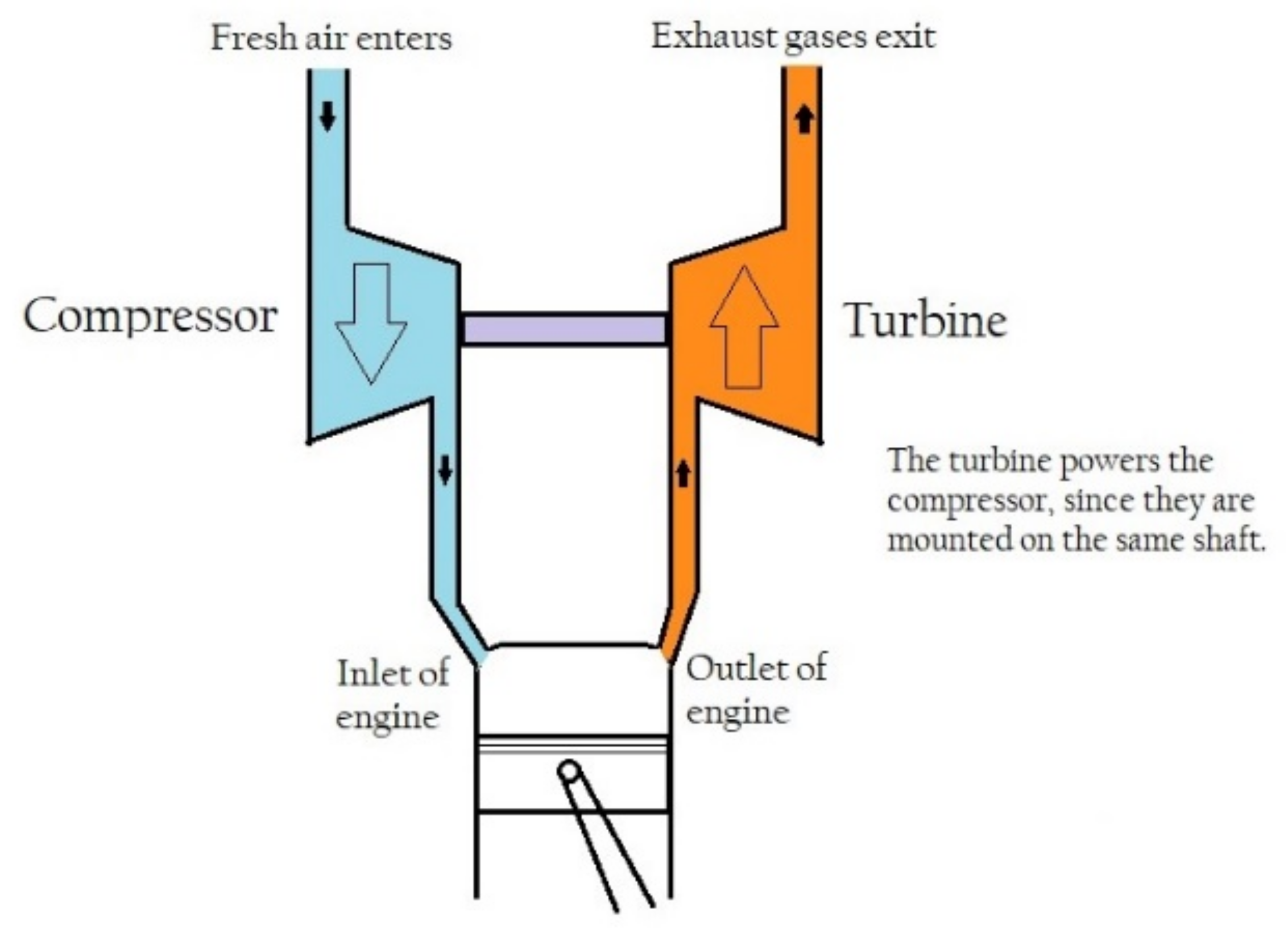
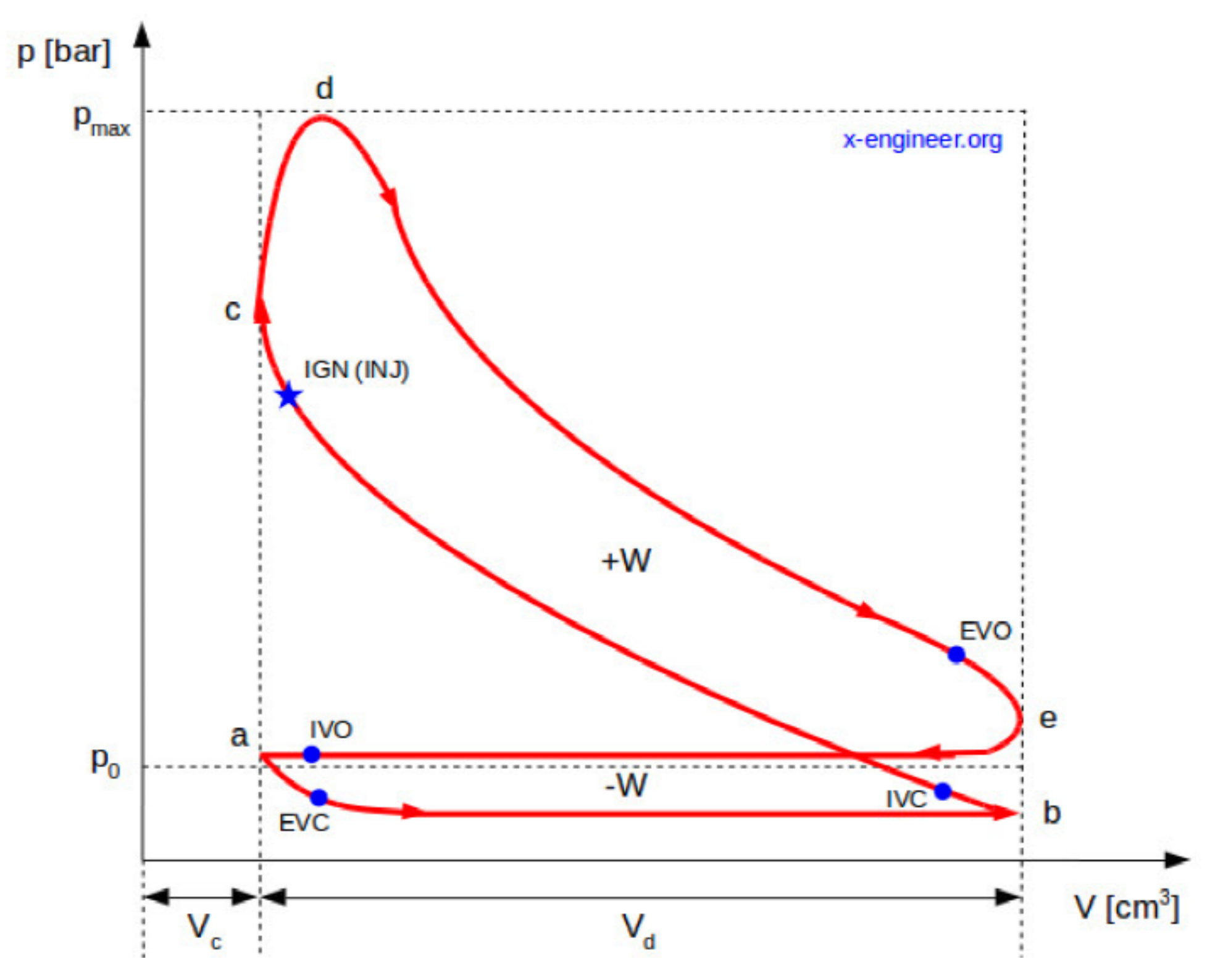
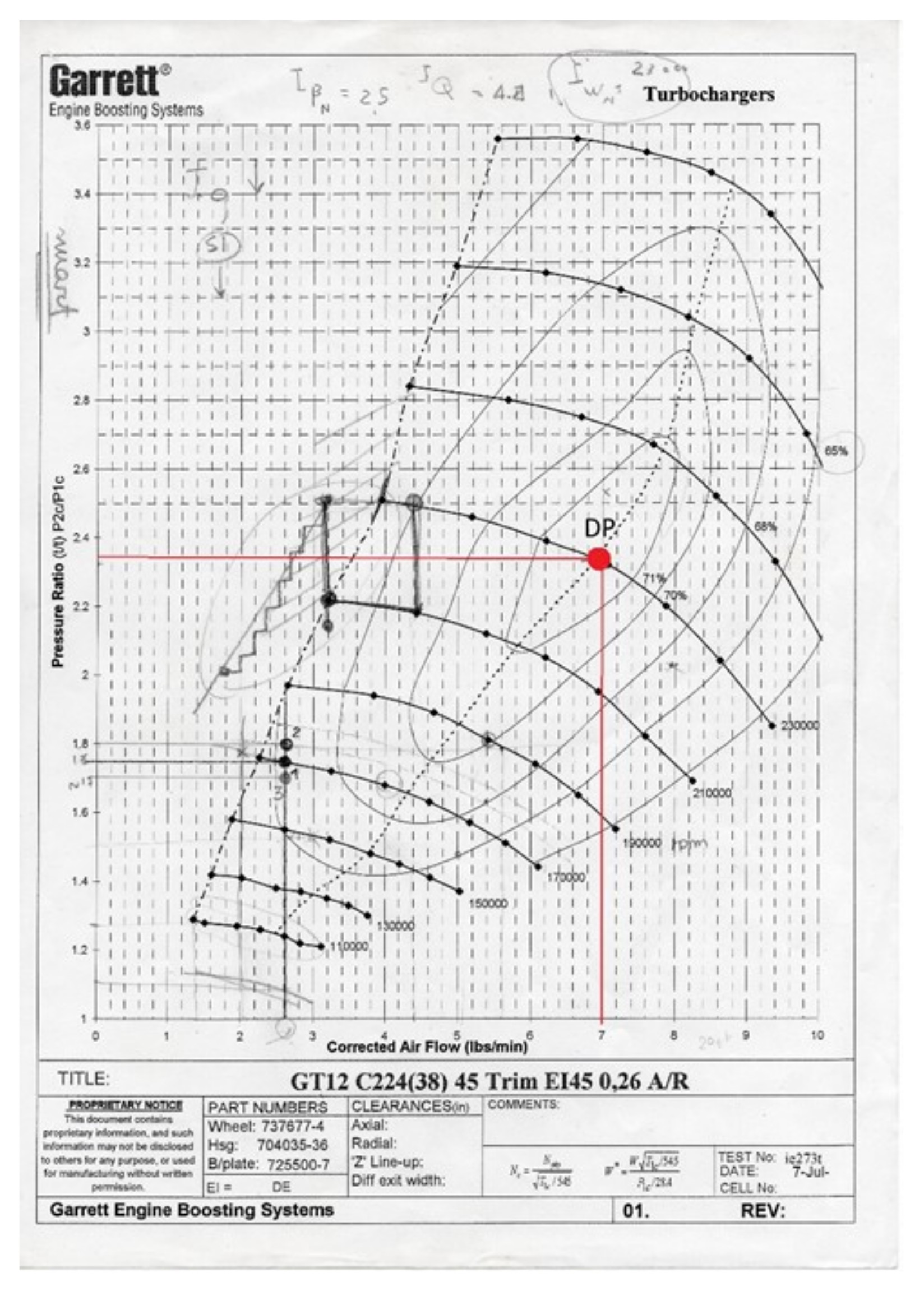


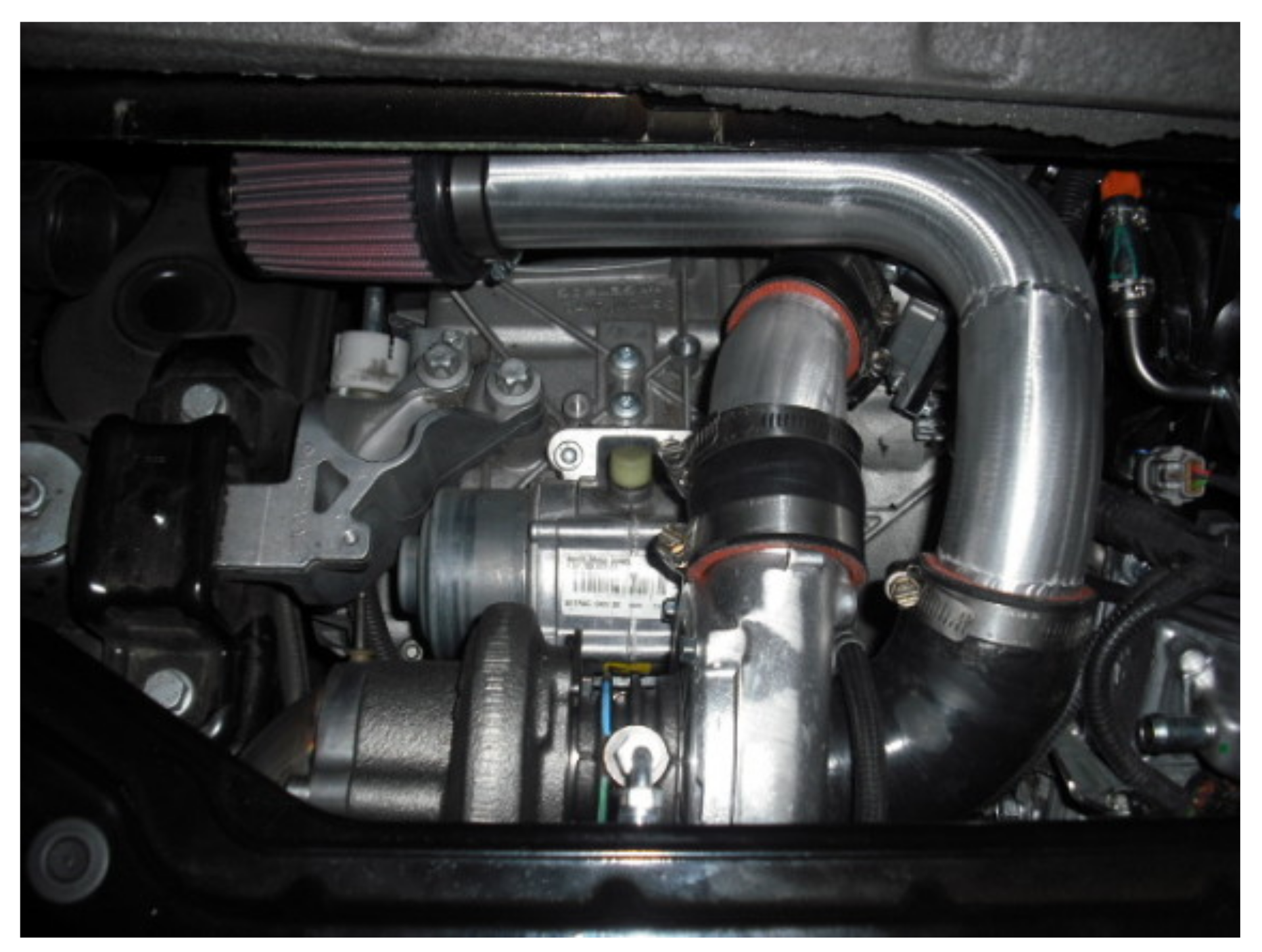

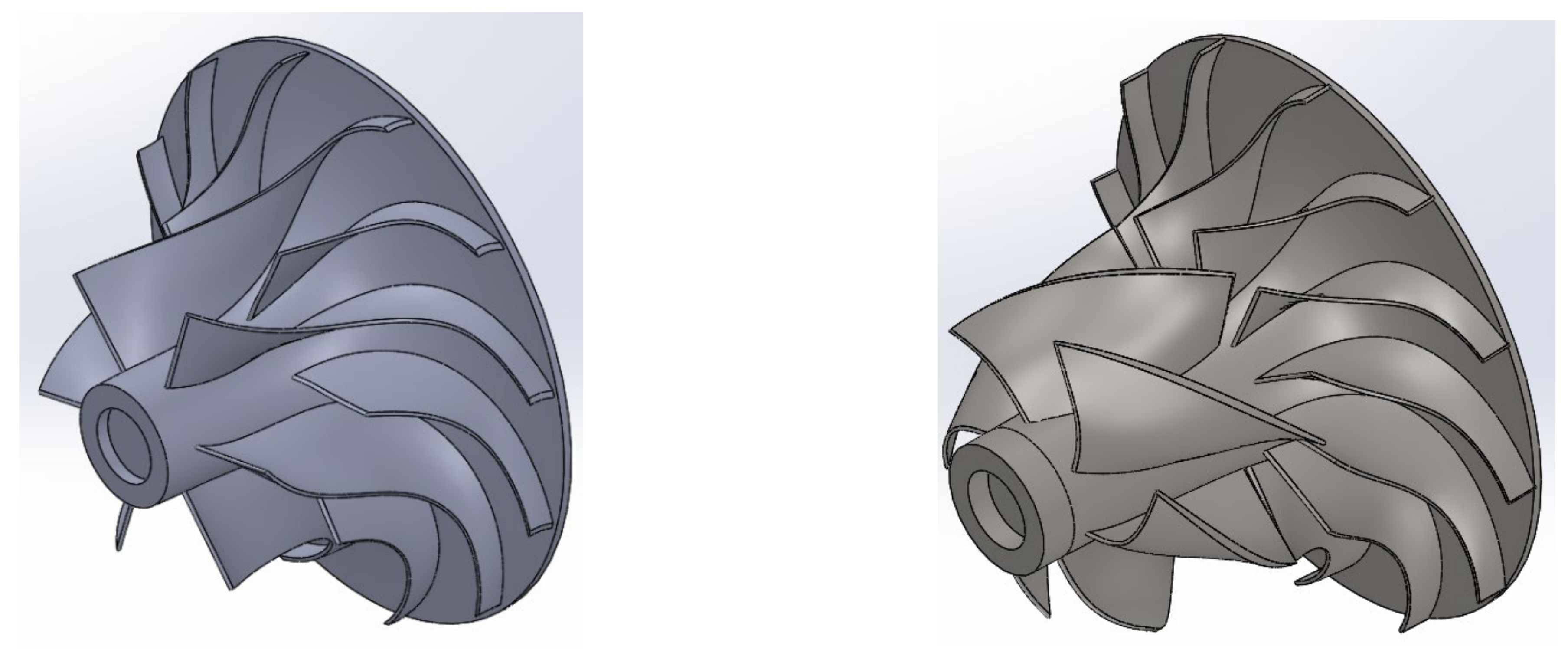
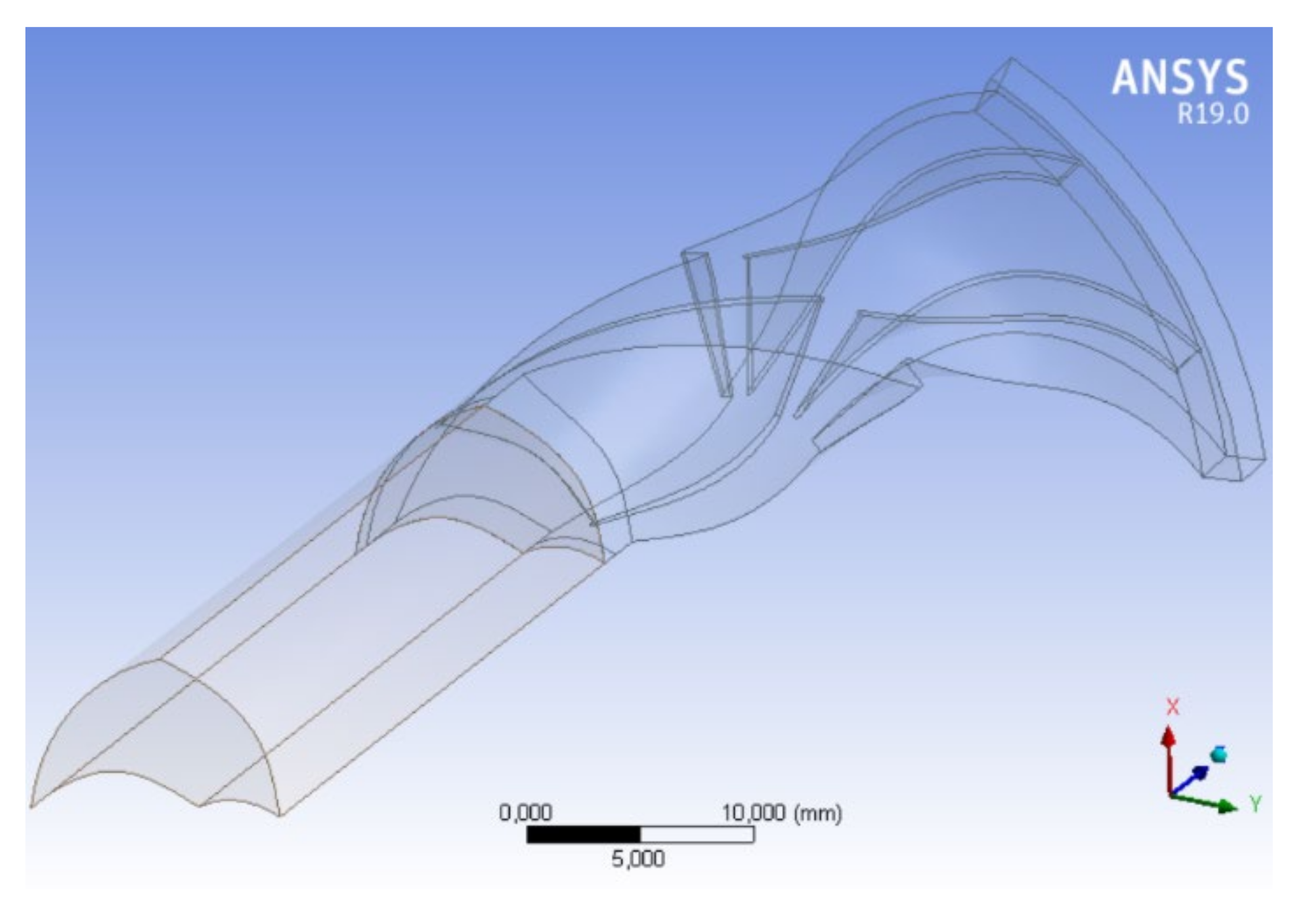
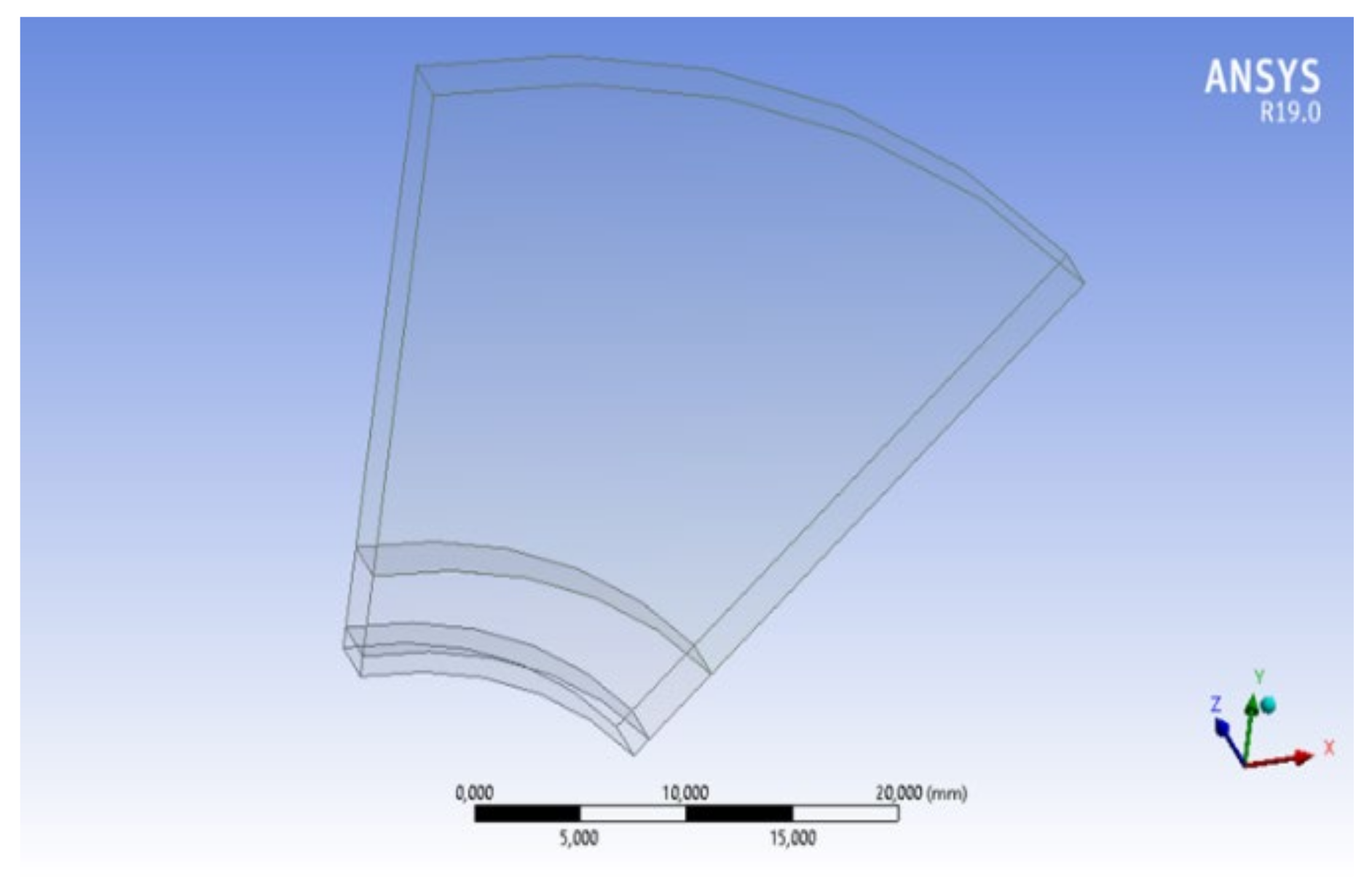
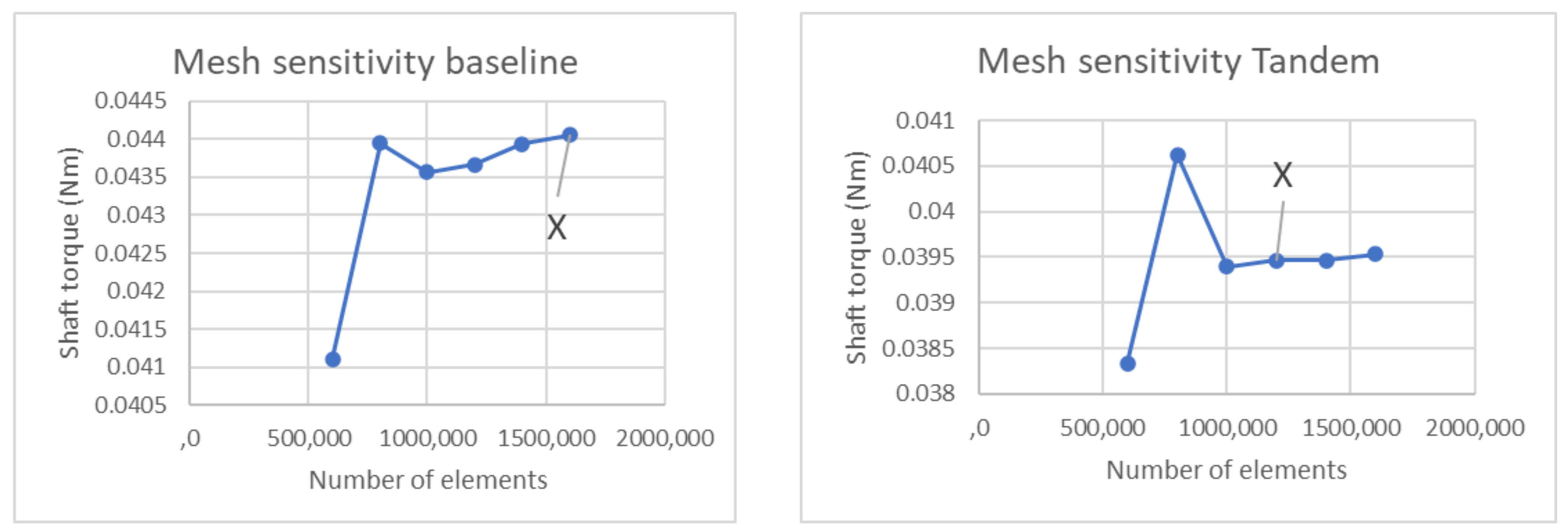

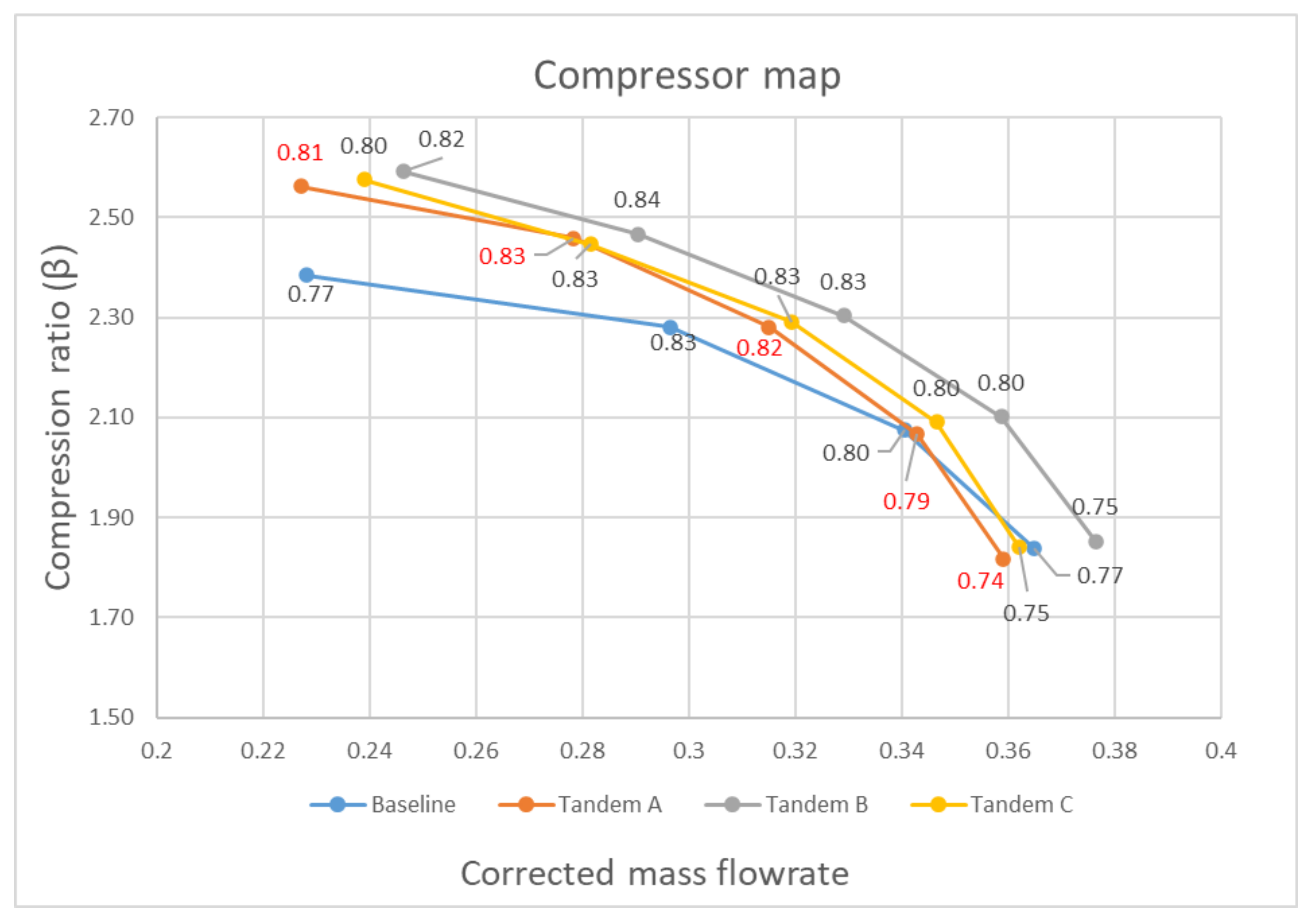
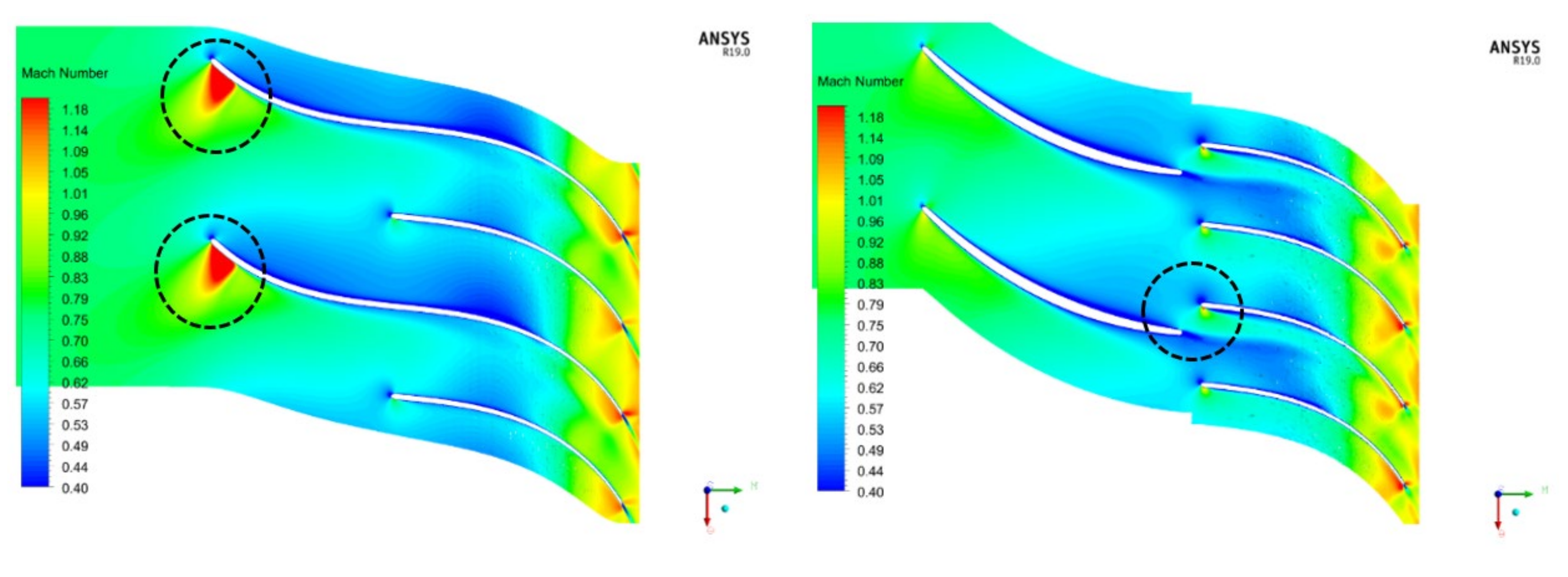
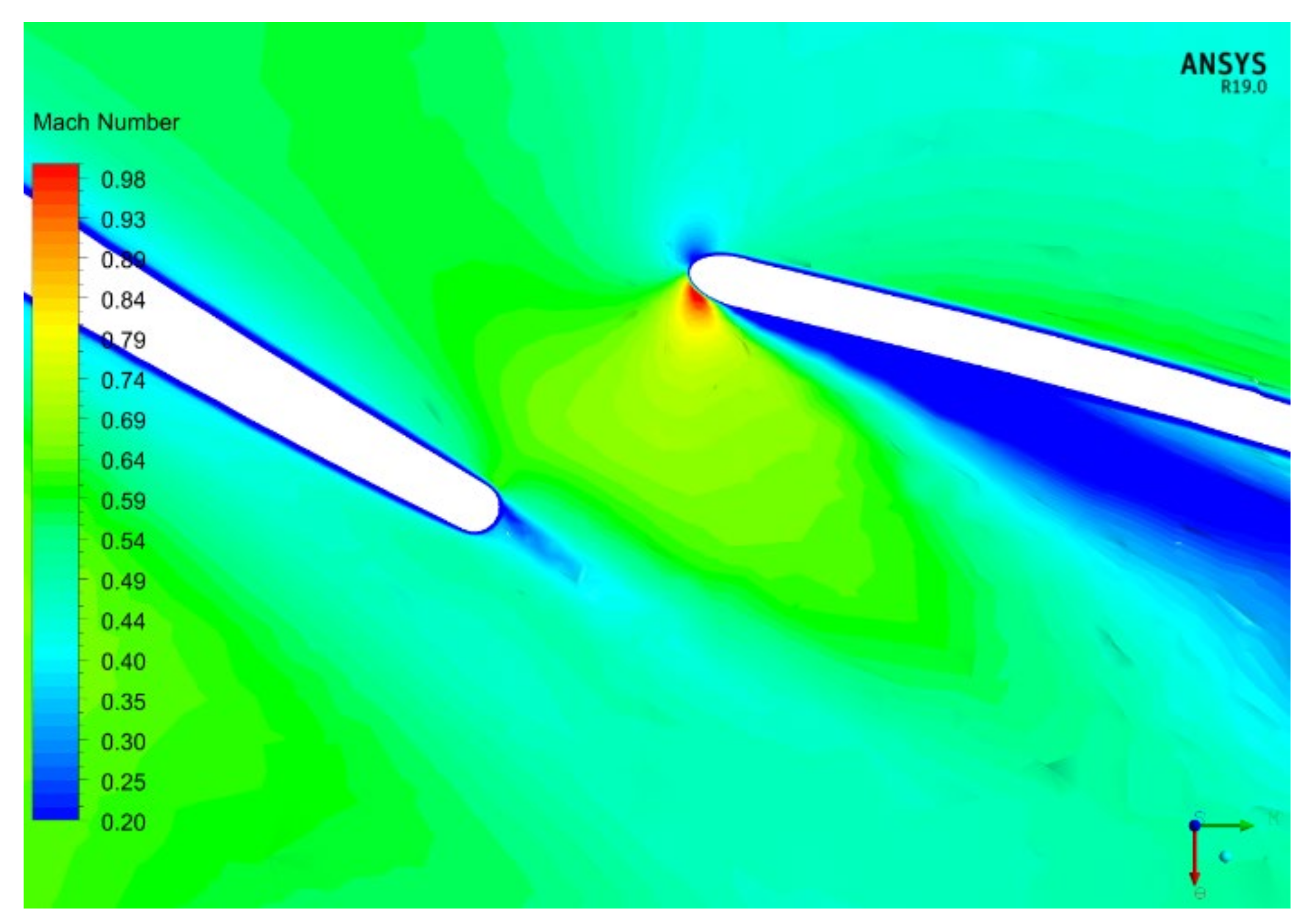
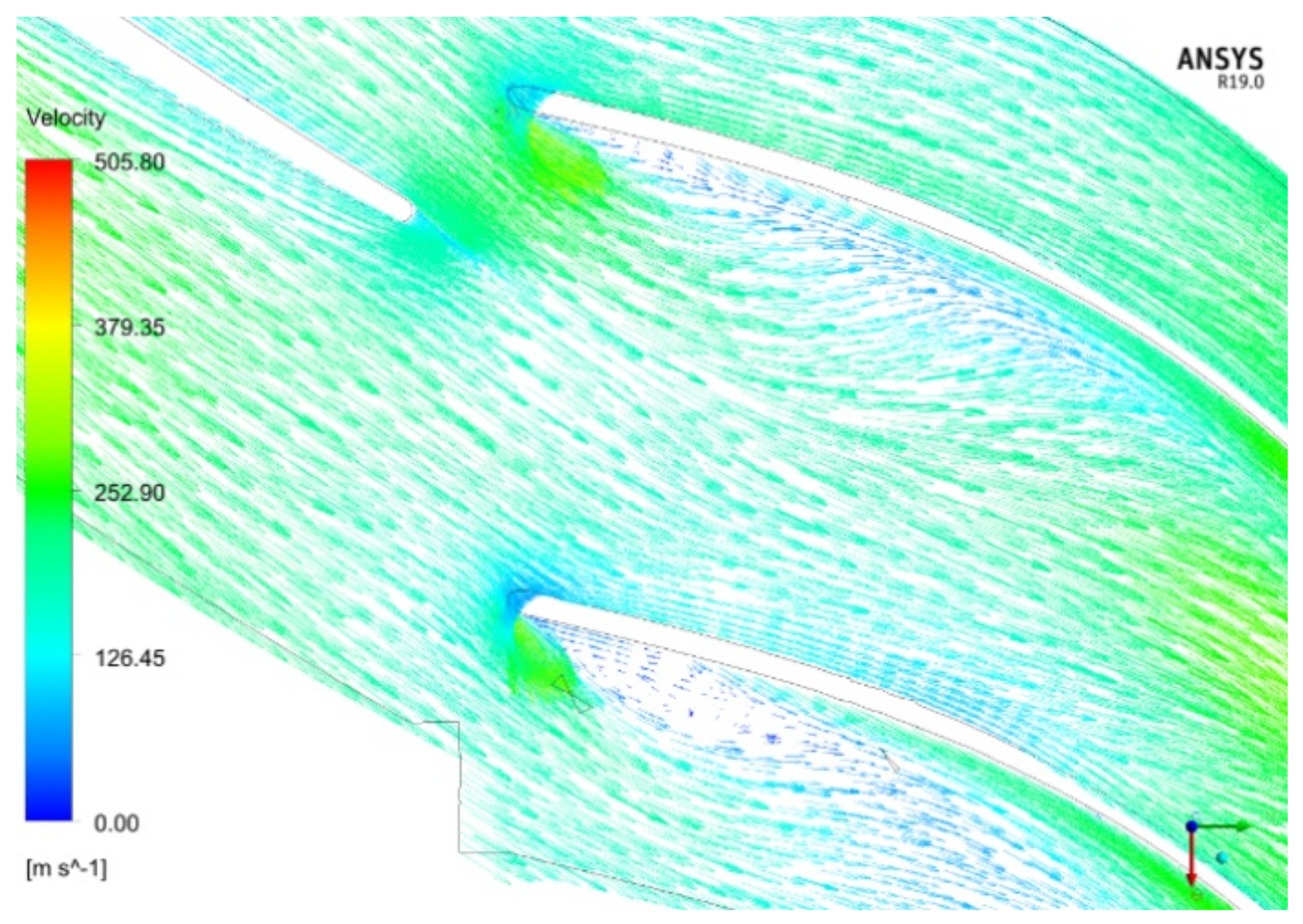

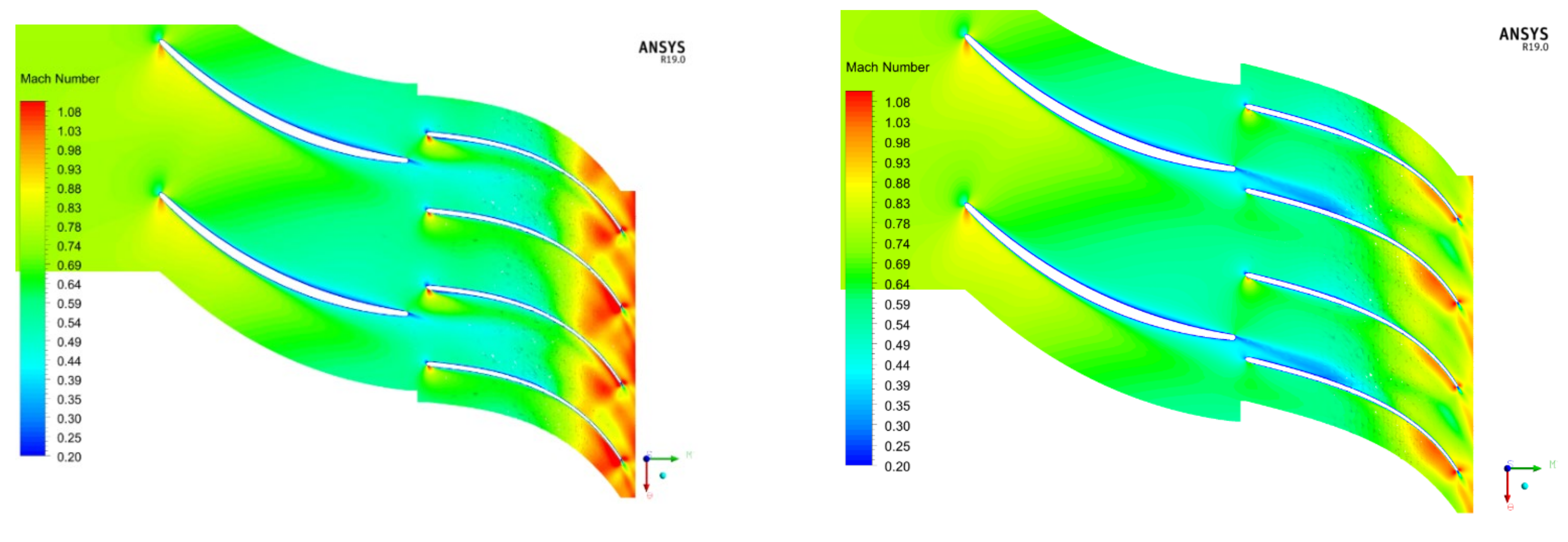


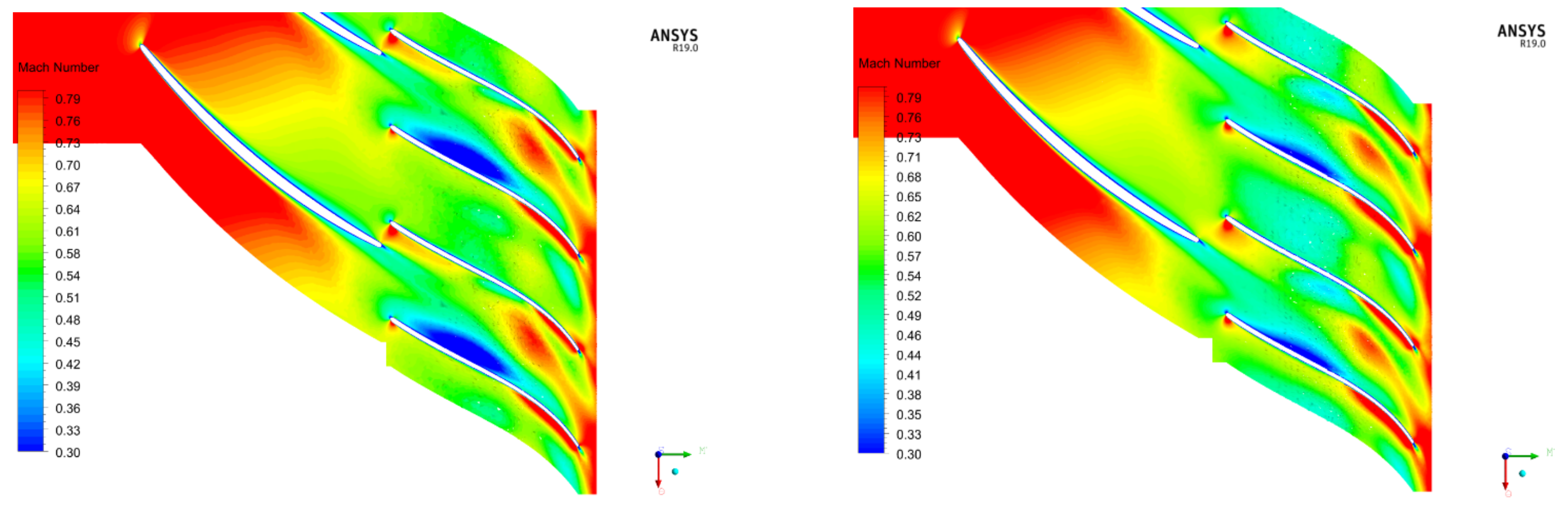

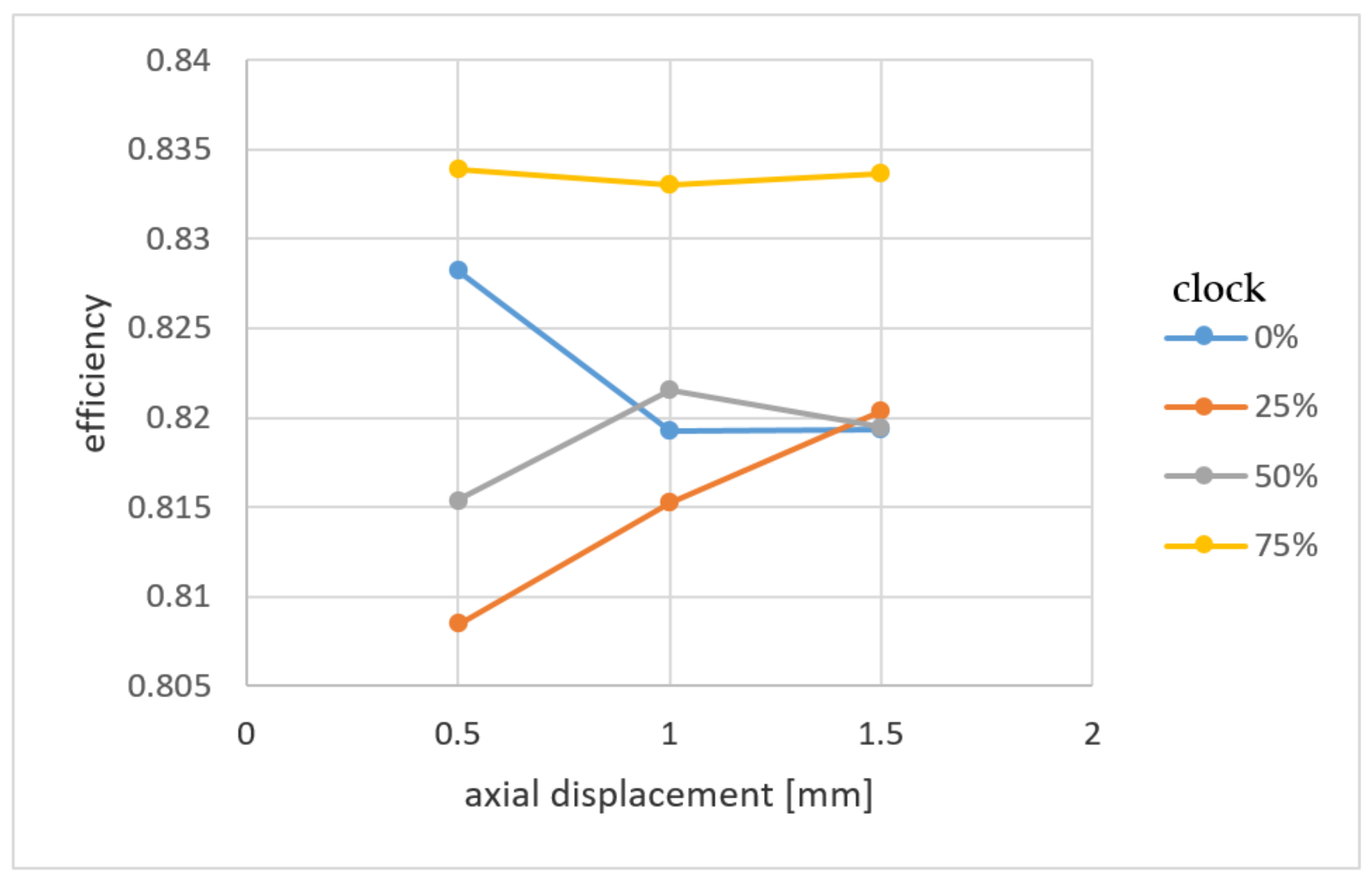
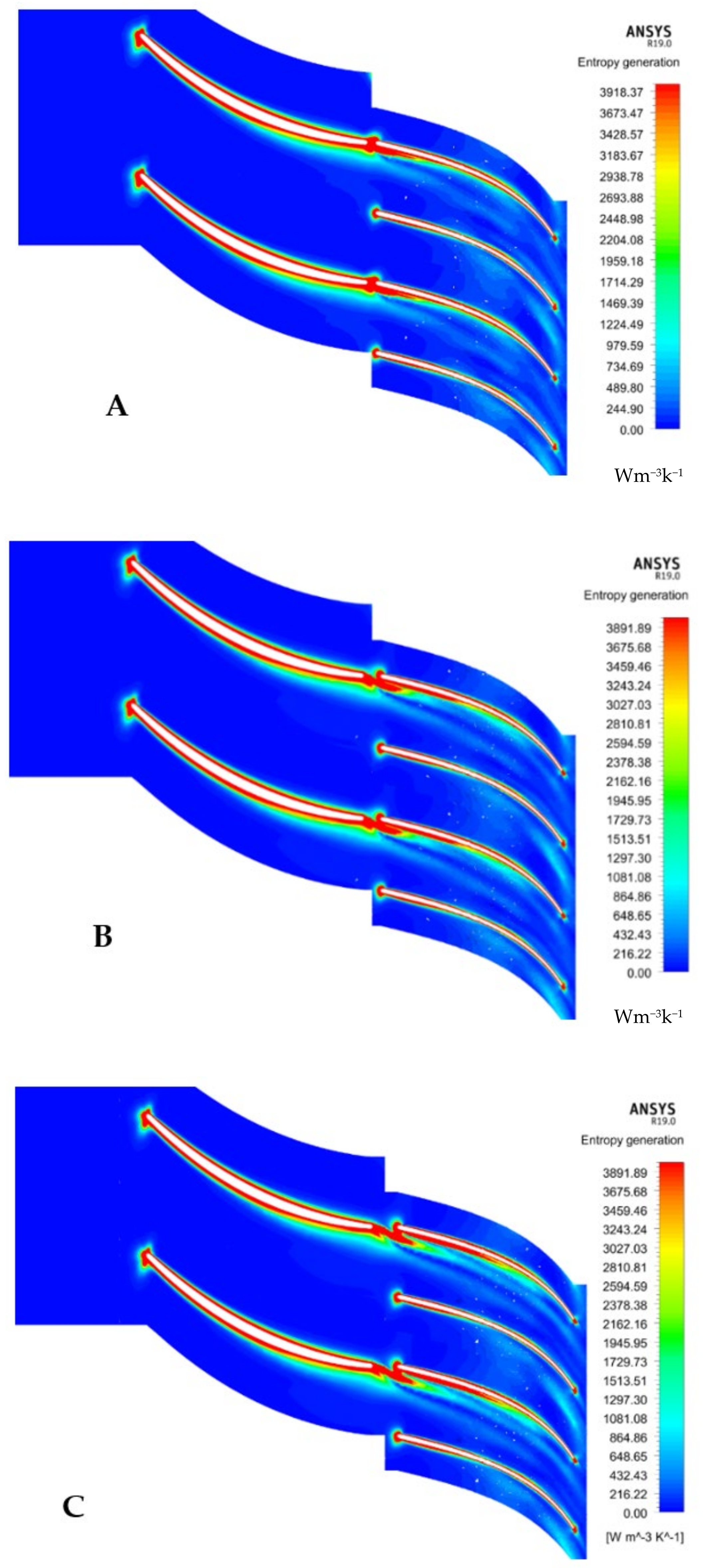
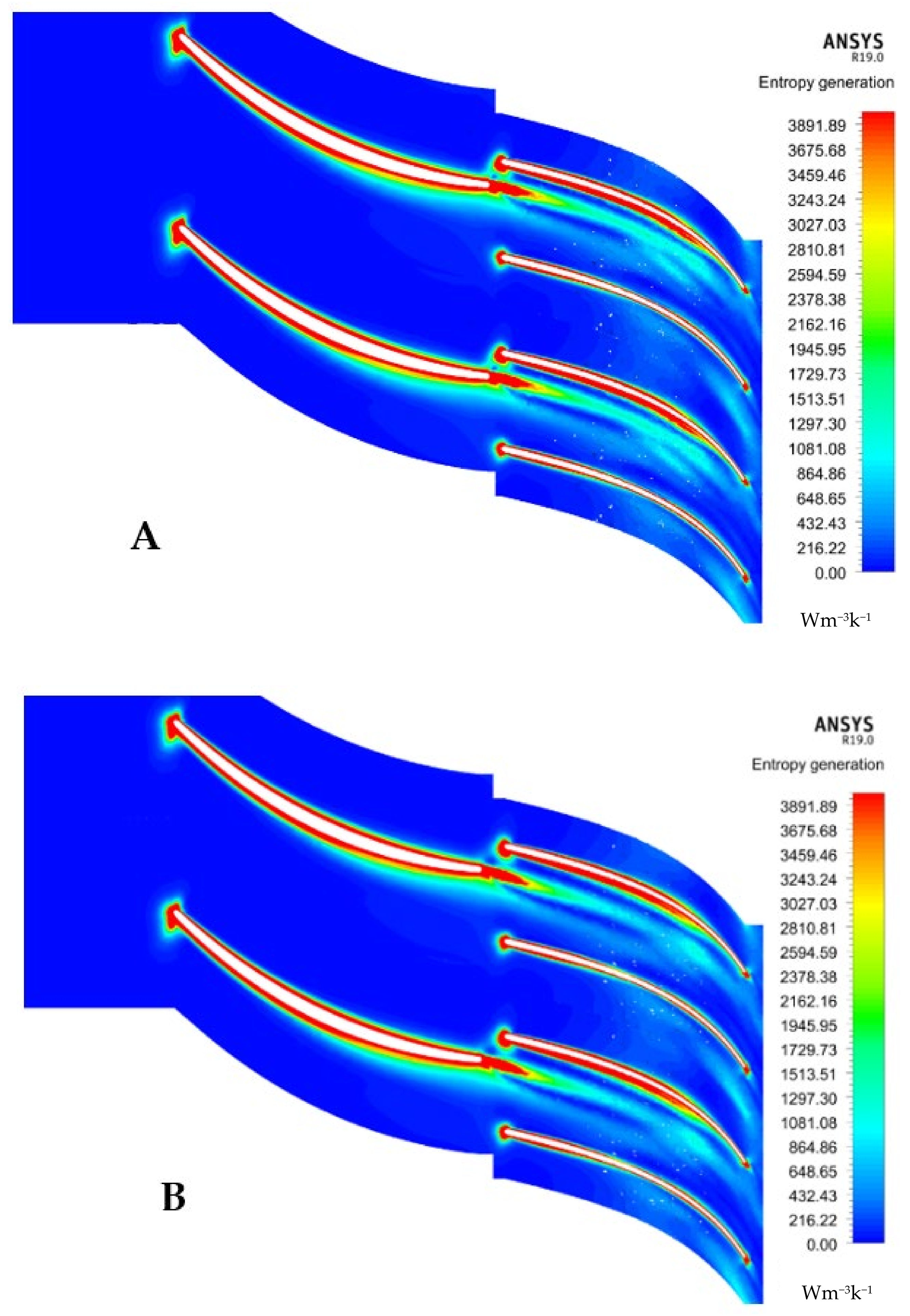
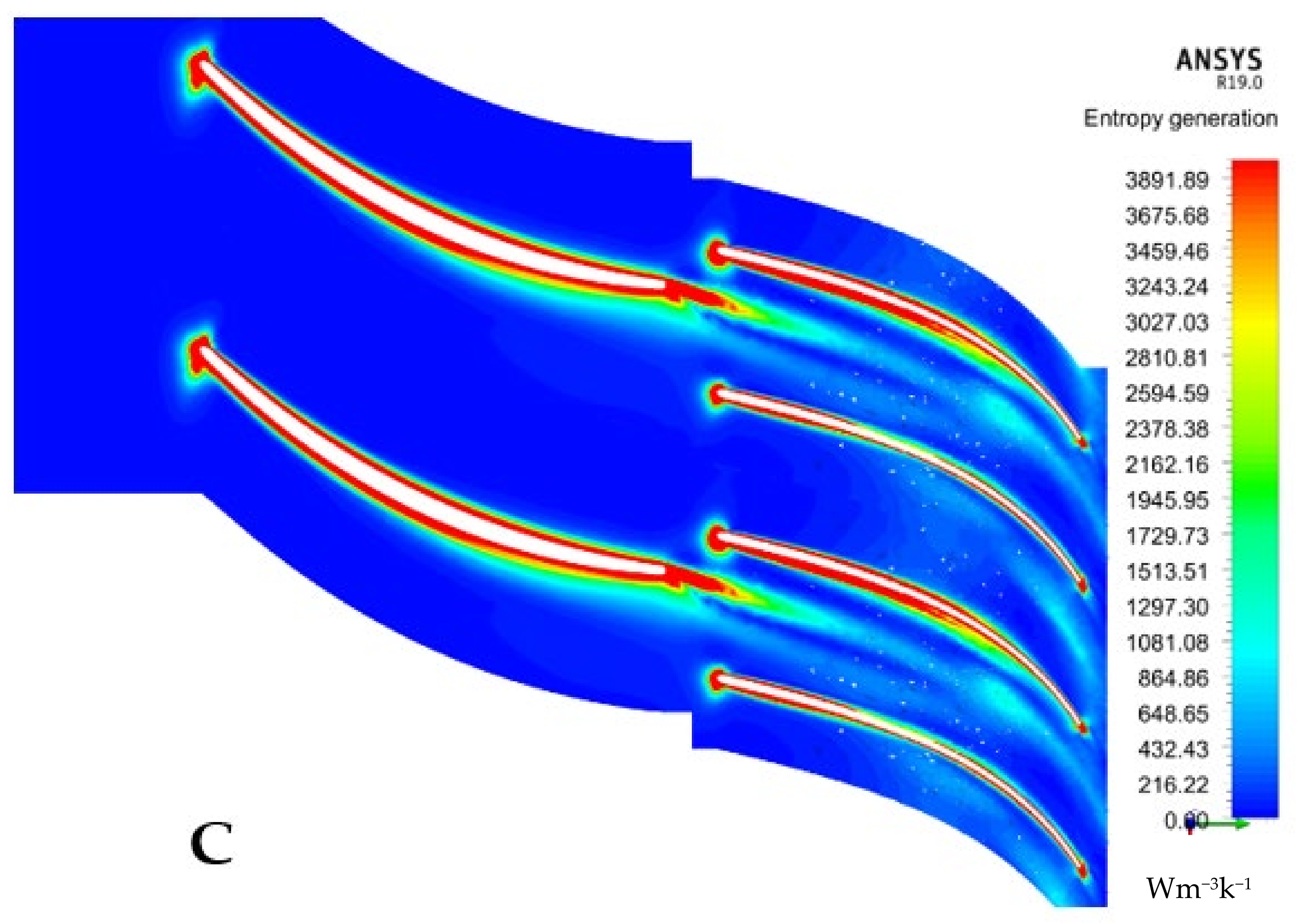
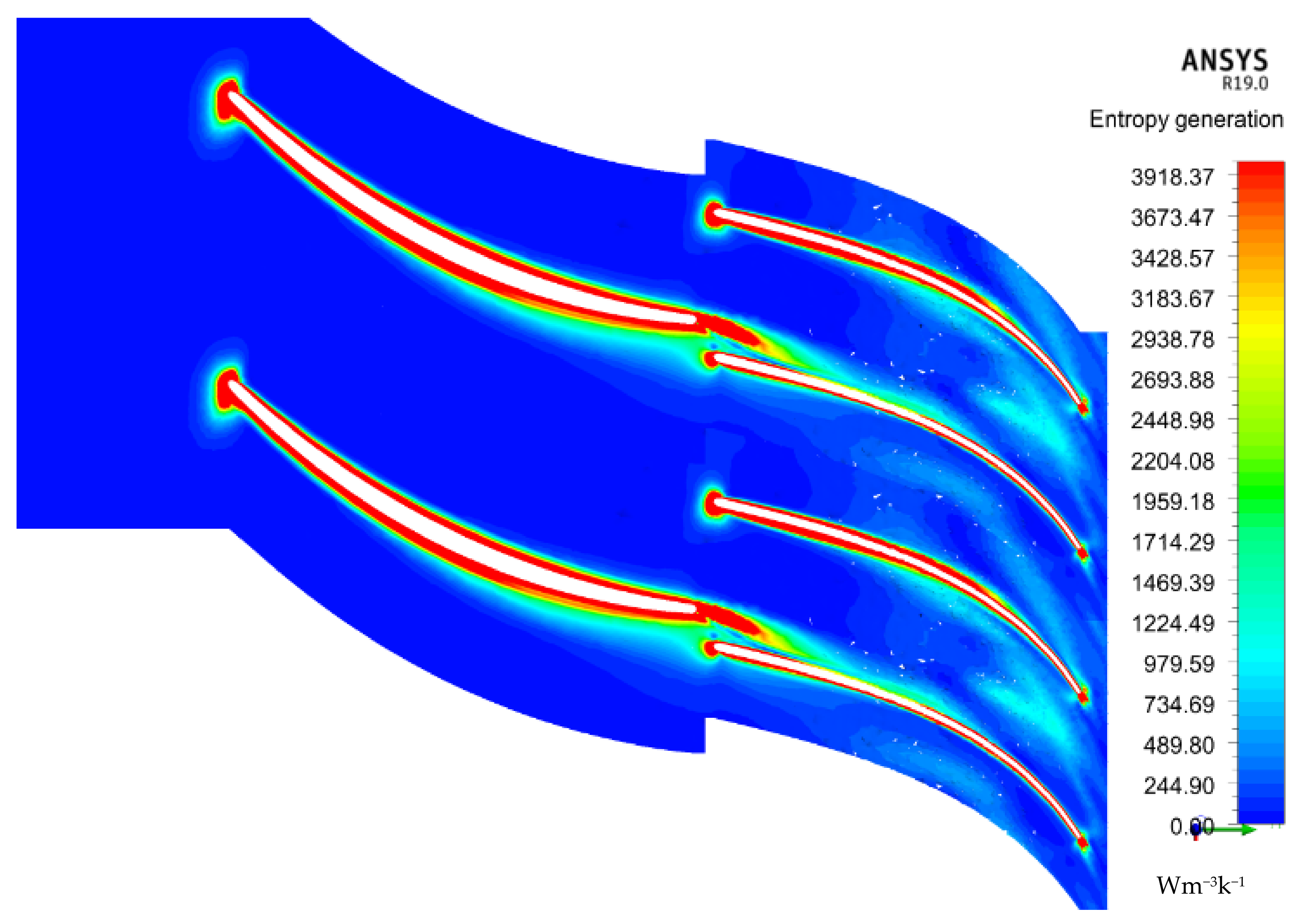
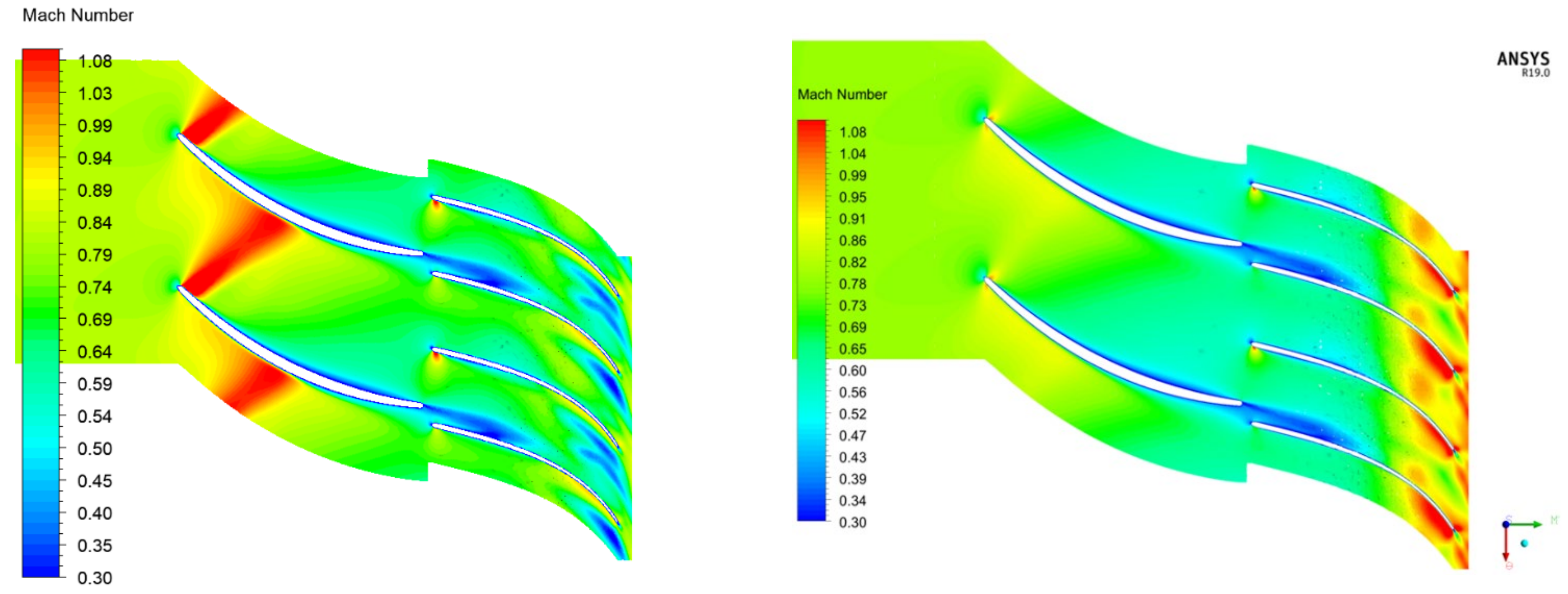

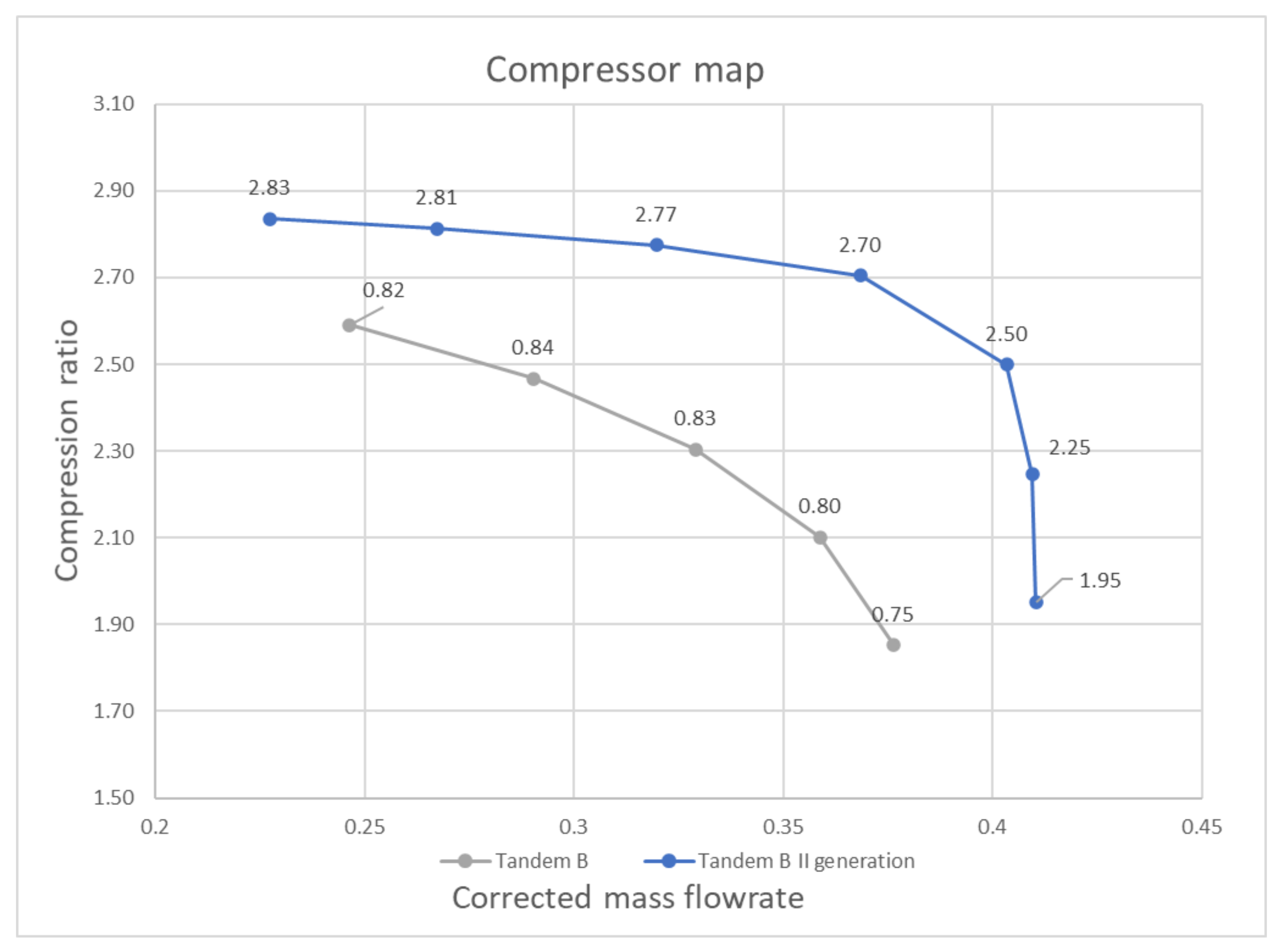
| Inlet pressure (p1) | Pa | 101,000 |
| Inlet temperature (T1) | K | 298 |
| Intake mass flow rate, Design Point | (kg/s) | 0.05598 |
| Corrected mass flow, Design Point | (lb/min) | 7.00 |
| Unit | Value | |
|---|---|---|
| Inducer tip diameter (D1) | mm | 22.47 |
| Inducer hub diameter (D1i) | mm | 8.20 |
| Exducer tip diameter (D2) | mm | 38.00 |
| Blade tip span (b) | mm | 2.38 |
| Zn | - | 6 + 12 |
Publisher’s Note: MDPI stays neutral with regard to jurisdictional claims in published maps and institutional affiliations. |
© 2021 by the authors. Licensee MDPI, Basel, Switzerland. This article is an open access article distributed under the terms and conditions of the Creative Commons Attribution (CC BY) license (https://creativecommons.org/licenses/by/4.0/).
Share and Cite
Cuturi, N.; Sciubba, E. Design of a Tandem Compressor for the Electrically-Driven Turbocharger of a Hybrid City Car. Energies 2021, 14, 2890. https://doi.org/10.3390/en14102890
Cuturi N, Sciubba E. Design of a Tandem Compressor for the Electrically-Driven Turbocharger of a Hybrid City Car. Energies. 2021; 14(10):2890. https://doi.org/10.3390/en14102890
Chicago/Turabian StyleCuturi, Nicolò, and Enrico Sciubba. 2021. "Design of a Tandem Compressor for the Electrically-Driven Turbocharger of a Hybrid City Car" Energies 14, no. 10: 2890. https://doi.org/10.3390/en14102890
APA StyleCuturi, N., & Sciubba, E. (2021). Design of a Tandem Compressor for the Electrically-Driven Turbocharger of a Hybrid City Car. Energies, 14(10), 2890. https://doi.org/10.3390/en14102890







